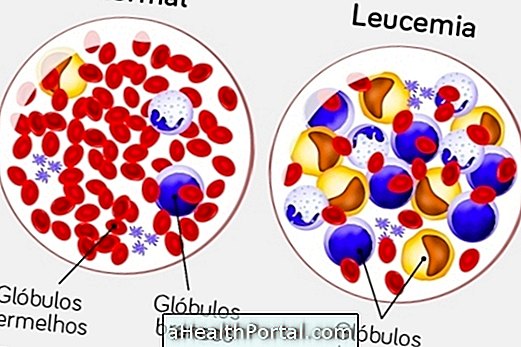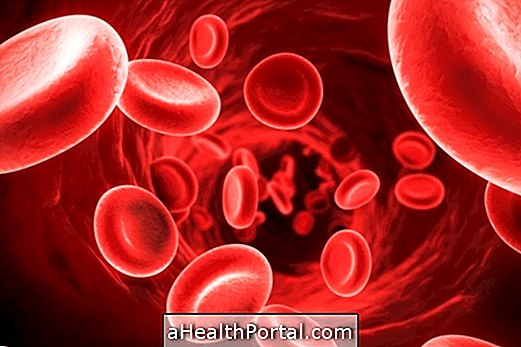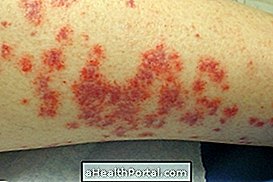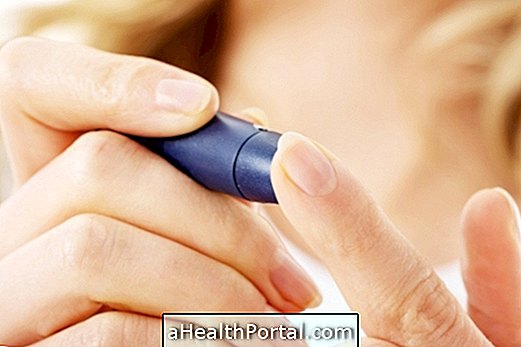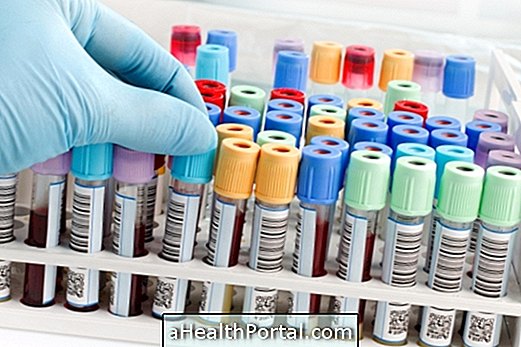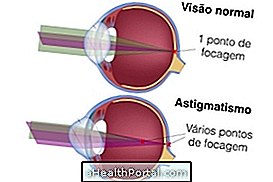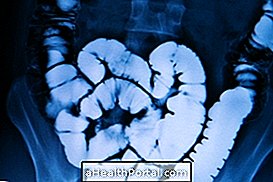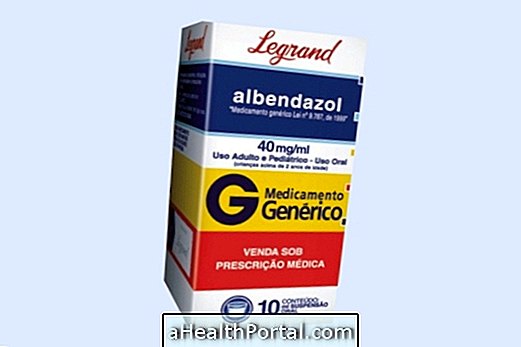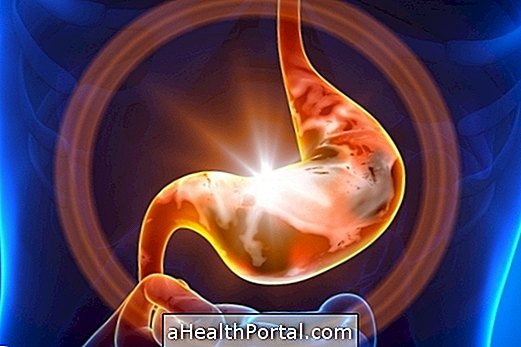Treatment for hemophilia, a genetic disorder that alters the blood's ability to coagulate, is done by replacing coagulation factors that are deficient in the person, which is factor VIII in the case of type A hemophilia, and the factor IX, in the case of hemophilia type B.
Coagulation factors are essential blood proteins that are activated when a blood vessel is ruptured so that bleeding is contained, so when they are replenished throughout the treatment, they help the person with hemophilia to lead a normal life without many restrictions. To learn more about what causes and how to identify hemophilia, check out the myths and truths about hemophilia.
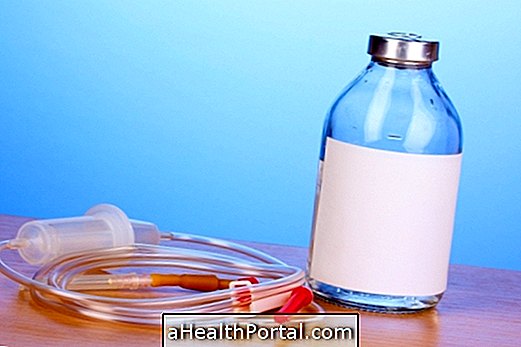
Types of treatment
Although not curable, hemophilia treatment helps prevent bleeding from occurring frequently, and is guided by the hematologist, and can be done in two different ways:
- Prevention treatment : It consists of the periodic replacement of the clotting factors, so that they are always with increased levels in the organism, and prevent a possible bleeding. This type of treatment may not be necessary in some cases of mild hemophilia, and it may be advisable to do the treatment only when there is some type of hemorrhage.
- Treatment after bleeding : it is the on-demand treatment, done in all cases, with the application of the coagulation factor concentrate when there is an episode of bleeding, which allows it to be resolved more quickly.
In any of the treatments, the doses should be calculated according to the body weight, the severity of hemophilia and the levels of clotting factor activity that each person has in the blood. Factor VIII or IX concentrates are available from the Ministry of Health through SUS, and consists of a powder ampoule that is diluted in distilled water for application.
In the past, treatment was done with blood transfusions, which is no longer necessary routinely, but may be used in emergency situations or in the absence of injections of coagulation factors.
In addition, other types of hemostatic agent concentrates can be used to aid in coagulation, such as cryoprecipitate, prothrombin complex and desmopressin, for example. These treatments are done free of charge by the SUS, in the hematology centers of the state, just by being referred by the general practitioner or hematologist.

Treatment in cases of hemophilia with inhibitor
Some hemophiliacs may develop antibodies to the factor VIII or IX concentrate used for treatment, called inhibitors, which may impair the response of the treatment.
In these cases, treatment with larger doses may be necessary, or with the association of other blood coagulant components.
Care during treatment
People with hemophilia should take the following care:
- To practice physical activities, to strengthen the muscles and joints, reducing the chances of bleeding, however avoid sports of impact or violent physical contact;
- Observe the appearance of new symptoms, especially in children, and decrease with treatment;
- Have medication always close, especially in case of travel;
- Have an identification, such as a bracelet, indicating the disease, for emergency cases;
- Inform the condition whenever you do any procedure, such as vaccine application, dental surgery or medical procedures;
- Avoid medications that facilitate bleeding, such as aspirin, anti-inflammatories and anticoagulants, for example.
In addition, physical therapy should also be part of the treatment of hemophilia because it improves motor function, decreasing the risk of complications such as acute hemolytic synovitis, which is an inflammation of the joint due to bleeding, and improves muscle tone, and this may even decrease the need to take blood coagulation factors and improve quality of life.
